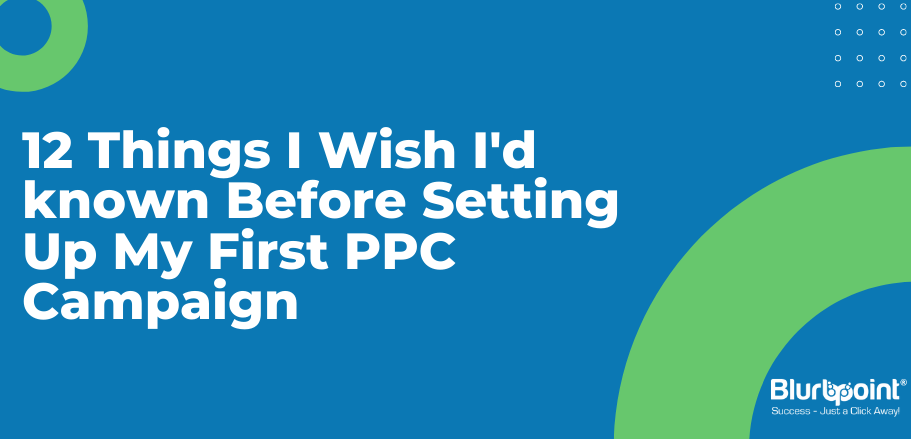GET A FREE CONSULTATION



Posted by Tejas Kirodiwal
July 24, 2013
Pay-per-click advertising campaigns can be very effective at driving traffic to your site, but there’s plenty that can go wrong if you choose the wrong options or write a sloppy advertisement for the purpose of lead generation. While my first few PPC campaigns were moderately successful, they didn’t take off until I began applying these principles. Learn from my mistakes, and your PPC campaign will be a resounding success.
For our example, let’s say that you sell furniture. If you were to use the keyword “furniture” in your ad, you’d be competing against approximately 710 million pages, and your ads would be buried at the bottom of the Internet. Google provides an excellent keyword tool that will quickly become your best friend in the PPC world.
Using Google’s keyword tool, we see that “furniture” returns 37 million monthly searches. On the one hand, that’s a very good thing because 37 million people are searching for furniture each month. On the other hand, it’s a very broad search term with thousands of businesses in direct competition.
Unless you’re a huge chain like Walmart with millions to spend in advertising, broad search terms won’t generate any additional traffic. Instead, target more specific phrases. For example, “mahogany bookcase” has about 3,600 monthly searches, so you won’t face as much competition.
Most PPC ads only show the first 25 characters, which is no space at all to get your message out. Make every character count.
<h4″>5. Value Props
Consumers are always looking for that little extra bargain. Maybe you offer free delivery within 50 miles or a wide selection of furniture stains. Use your ad to communicate any extra value you offer to your customers.
This is one of the trickier points for newcomers, but it’s very important. Instead of running one large campaign, run a number of small ones covering a variety of keywords. Hollis Thomases of Inc.com recommends organizing different keywords into ad groups to help improve your click-through rate, which can also lower your PPC costs in the long run.
A dynamic keyword can change depending on the search term. For the phrase “mahogany bookcase,” a dynamic keyword would also include search terms like “red oak bookcase” or “cherry bookcase.”
Match types allow you to set how closely search terms must resemble your PPC ads. An exact match type requires Google users to search exactly for “mahogany bookcase” while a broader setting shows your ad for search terms including “how to maintain a mahogany bookcase” or “mahogany bookcase sale.”
Because you’re paying by the click, it’s simple to start with a small budget and work your way up. You can test out different keywords and settings to find a PPC campaign that maximizes traffic.
While Google is the largest Internet marketing firm in the world, it’s not the only one. Media Net is owned by Yahoo and Bing and provides a sizable audience. Other PPC advertising networks like Chitika and Infolinks are better used to supplement AdSense and Media Net campaigns.
Your ad reflects your entire business. In 25 characters, customers will develop a first impression of your store and whether or not they want to shop there. The Internet is full of questionable websites, and a typo can mean the difference between somebody checking your site out or avoiding it entirely.
PPC ads will drive traffic to your site, but you can’t ignore them once they arrive. Make sure that your site looks clean and professional. Navigation links should be easy to understand. If your site is ugly or items take too long to locate, customers will simply search for another website to save time.